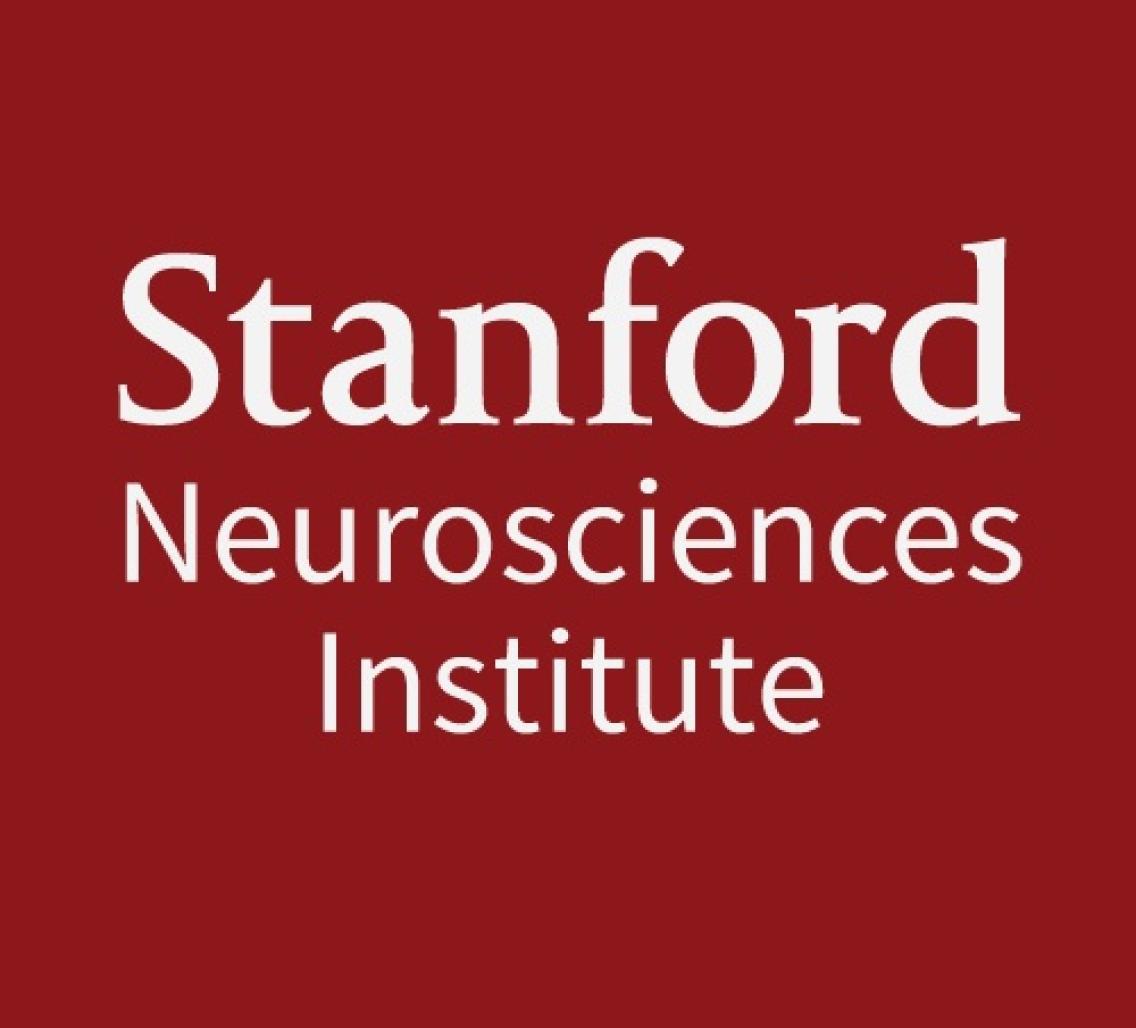Event Details:

Stanford Neurosciences Institute Seminar Series Presents
Genes, alleles, and cell-type-specific gene expression in the brain: How do our genomes create biological variation and disease risk?
Steven McCarroll, Ph.D
Dorothy and Milton Flier Associate Professor of Biomedical Science and Genetics, Department of Genetics, Harvard Medical School
Host: Douglas Levinson
Abstract
Though we often speak of “the human brain” in monolithic ways, human brains and brain phenotypes vary greatly from person to person. Most of this variation is inherited, though it appears to be transmitted in complex ways that reflect contributions from many genes and alleles. Unraveling how it all works – how genes and alleles act in specific cell types to shape clinically and behaviorally salient phenotypes – can reveal how genes shape capabilities and illnesses that are uniquely human.
Brain disorders such as schizophrenia have eluded biomedical understanding for decades, but they are highly heritable in ways that suggest that the human genome may contain information about the molecular mechanisms of disease. I will describe our work mapping the human genome’s largest influence (at a population level) on risk of schizophrenia, which arises from the major histocompatibility complex (MHC) locus. We found that this genetic effect is shaped by many alleles of the complement component 4 (C4) genes, with each allele increasing risk in the proportion to the extent to which it drives higher expression of the C4A gene in the brain. These results connect schizophrenia to an over-active complement system and quite possibly to the developmentally timed waves of synaptic pruning that occur at the end of adolescence.
Our goal is to learn the ways in which all genes and alleles shape brain variation and brain phenotypes. Genes have restricted patterns of expression; alleles often have effects that are even more cell-type-restricted; and cell types vary greatly in the ways in which an allele or mutation will affect them. To understand these and many other aspects of brain function and dysfunction, we developed Drop-seq, a technology for analyzing gene expression genome-wide in thousands of cells at once. I will describe what we have learned from analyzing more than 600,000 individual cells from diverse regions of the adult mouse brain. I will also describe the beginnings of our work to appreciate how genome variation shapes the expression of each gene in each cell type.